Industry information
Company News
- Exploring Curtain Wall Aluminum Veneer: A Lightweight Choice for Architectural Art
- Wood grain aluminum veneer: retro sentiment of modern architecture
- Imitation wood grain aluminum veneer: a fashionable choice for modern architecture
- Aluminum veneer curtain wall: the fashionable coat of modern architecture
- Wood grain aluminum veneer, the fashionable choice for modern architecture?
Industry dynamics
- Wood grain aluminum veneer: retro sentiment of modern architecture
- Aluminum veneer: creating a new chapter in modern architectural aesthetics
- Why do aluminum veneer quotations require engineering drawings?
- Aluminum veneer customization, creating a new trend of personalized space
- What are the advantages and disadvantages of imitation wood grain aluminum veneer?
Frequently asked questions
- How does aluminum veneer provide the wind resistance required for modern buildings?
- What are the types of aluminum veneer?
- How to evaluate the impact of the plasticity of aluminum veneer on the appearance of buildings?
- What are the limitations of the application scope of aluminum veneer?
- Can aluminum veneer be applied to the exterior design of high-rise buildings?
contact us
Mobile:+86 15627778610
Email: 2201229786
Address: No. 5 Binjiang Road, High tech Zone, Zhaoqing City, Guangdong Province
How to evaluate the impact of environmental certification for aluminum veneer on the appearance of buildings?
- Author: Lesilong Technology (Guangdong) Co., Ltd
- Release time: 2022-03-13 05:39:30
- Click:0

With the continuous improvement of environmental awareness, more and more building decoration materials need to have environmental certification.Aluminum veneerAs a new type of exterior wall decoration material, it has also received widespread attention in environmental certification. Let's take a detailed look at how the environmental certification of aluminum veneer affects the appearance of buildings.
1、 Environmental certification of aluminum veneer
1. International environmental certification: Aluminum veneer can be certified by international environmental certification organizations, such as EU CE certification, US UL certification, etc., to prove its compliance with international environmental standards.
2. China Environmental Protection Certification: China Environmental Protection Certification includes two forms: Environmental Labeling Product Certification and Environmental Management System Certification. Aluminum veneer can prove its compliance with China's environmental standards through these certifications.
2、 Environmental performance of aluminum veneer
1. Material quality: High quality aluminum veneer material has better environmental performance, which can reduce the use and emission of harmful substances.
2. Production process: The production process of aluminum veneer has a relatively small impact on the environment, and adopting advanced production processes can reduce the impact on the environment.
3. Usage effect: Aluminum veneer has good corrosion resistance and thermal insulation performance, which can effectively extend the service life of buildings, while also reducing energy consumption and waste generation.
3、 Evaluation method
1. Material quality assessment: Evaluate the environmental performance of aluminum veneer materials by detecting indicators such as harmful substance content and heavy metal content.
2. Production process evaluation: By understanding the production process and equipment used in the production of aluminum veneer, evaluate its impact on the environment.
3. Effectiveness evaluation: By monitoring the installation of aluminum veneer in buildings, evaluate its impact on indoor air quality, energy consumption, and other aspects.
4、 Conclusion
The environmental certification of aluminum veneer has a significant impact on its appearance design. Only by selecting high-quality materials that meet environmental standards, adopting advanced production processes, and ensuring good usage effects, can the advantages of aluminum veneer be fully utilized to provide reliable protection and decorative effects for buildings and meet people's requirements for environmental protection.

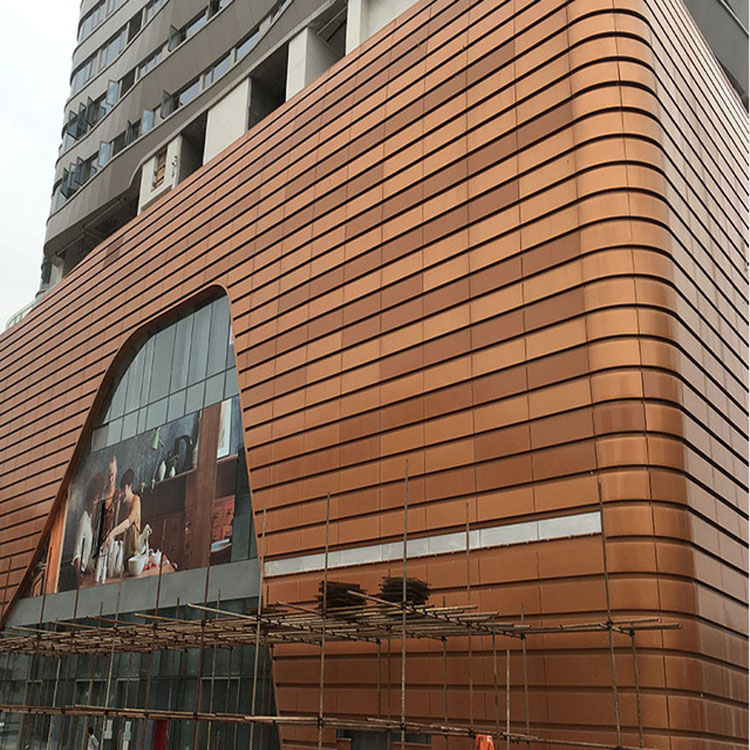
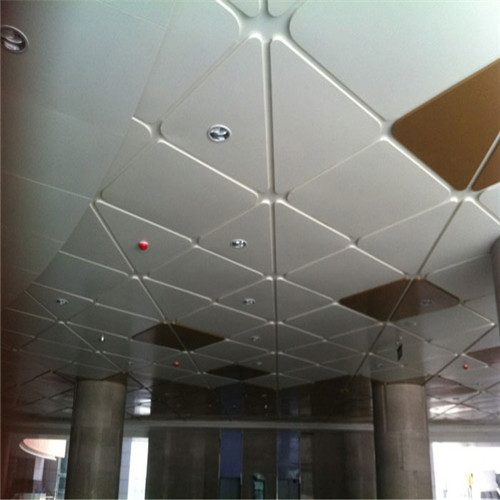
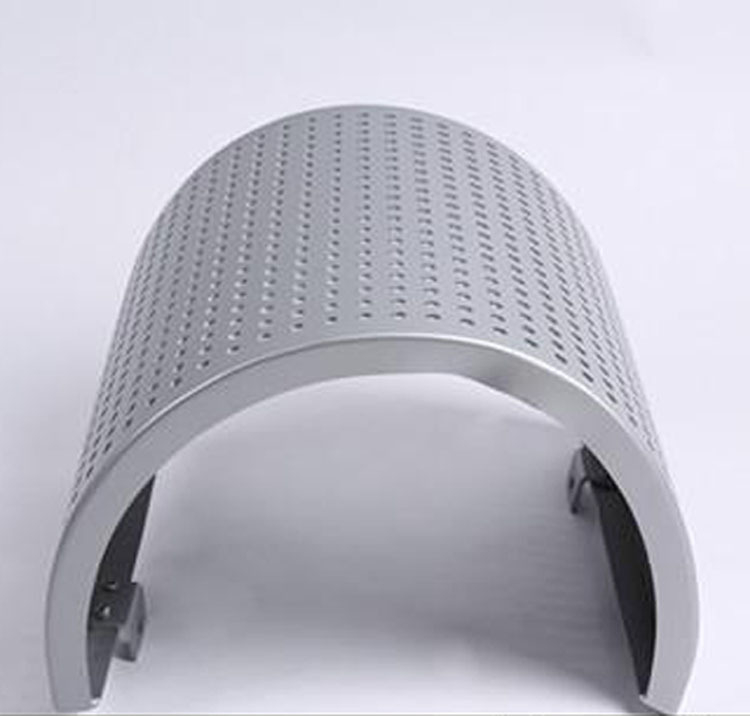
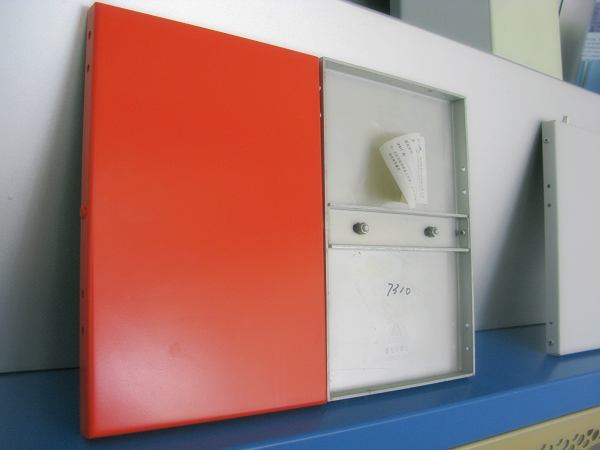
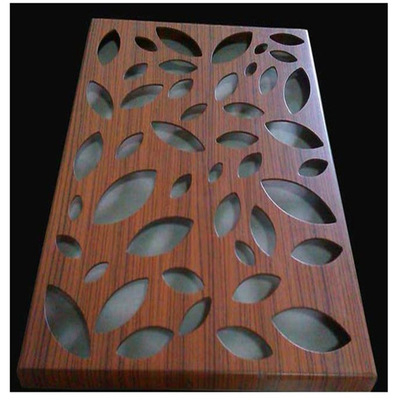
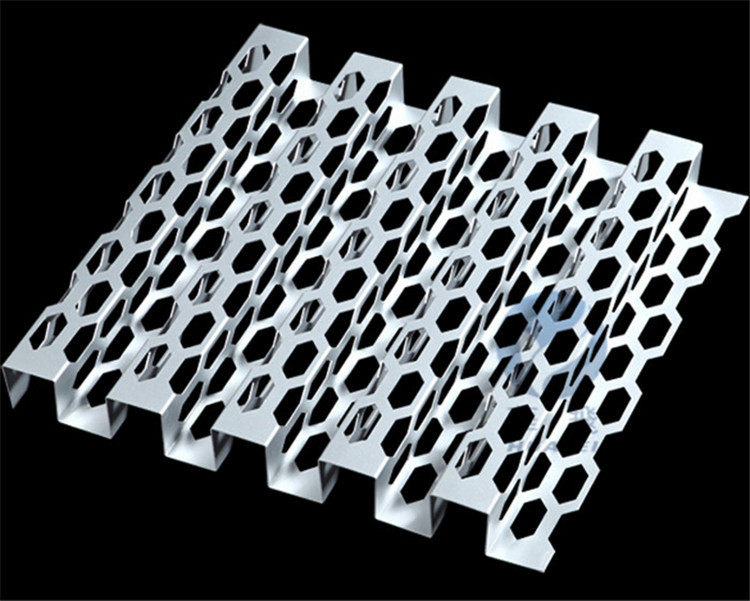
 Customer service QQ
Customer service QQ